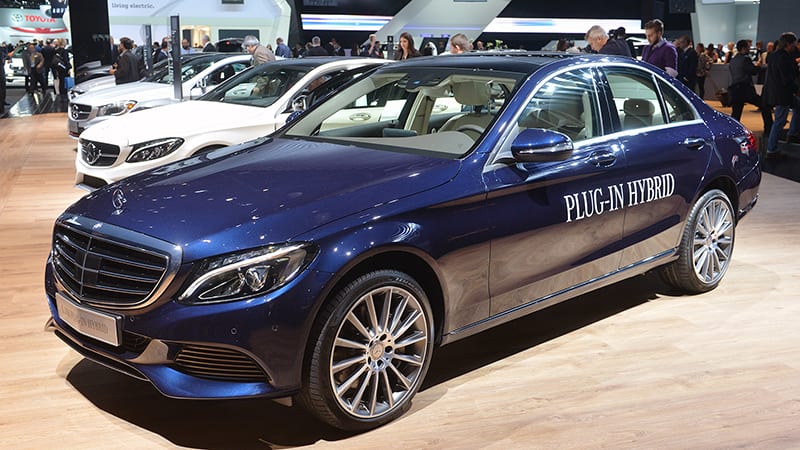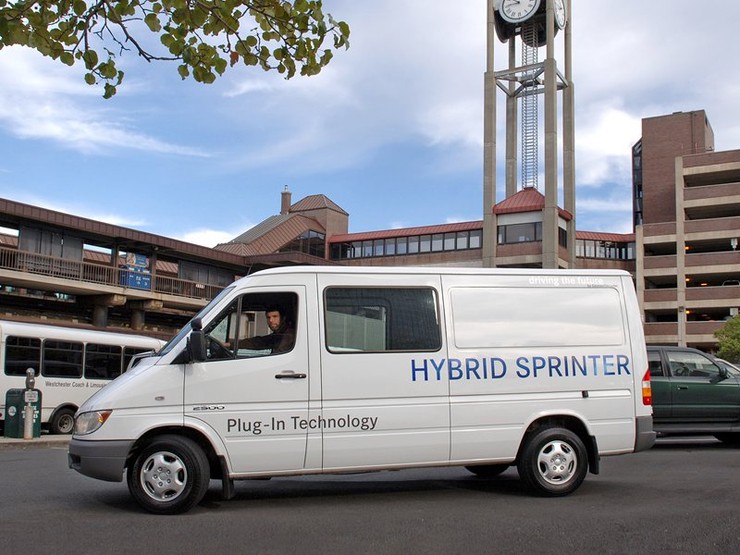Mercedes unveils GLC350e 4Matic PHEV

Mercedes isn't releasing all of the details about the plug-in GLC yet, but it combines an internal combustion engine making 208 horsepower and a 114 hp electric motor with a seven-speed gearbox. Total torque is 413 pound-feet. The combo is enough to get the all-wheel drive crossover to 62 miles per hour in a purported 5.9 seconds and a claimed top speed of 146 mph. Fuel economy in the European cycle is estimated at the equivalent of about 90 miles per gallon, and there's a 21-mile pure electric range for zero-emissions cruising.
Based around the newly introduced GLC-Class, buyers can still order a plethora of luxurious amenities, but the plug-in powertrain also comes with a few tweaks to help drivers maximize fuel economy. There's a haptic accelerator with a resistance point to indicate the switch between electric and combustion power. In addition, the hybrid system can anticipate the road ahead through radar and GPS to manage things as efficiently as possible.
One of the GLC hybrid's biggest advantages when it arrives is the small field of competitors. Neither BMW nor Audi currently have a compact luxury crossover of this size with a hybrid option in the US. That really only leaves the Mercedes to take on the Lexus NX300h with total system output of 194 hp, and that's not even a plug-in.
The GLC350e 4Matic isn't part of the new model's initial launch lineup in the US. It should be coming along later, though. Show full PR text Key topic: Energy efficiency - Economy on four wheels
A revised all-wheel-drive powertrain, the outstanding aerodynamics and the intelligent lightweight design are the primary reasons for the high energy efficiency of all the new GLC models. The conventional diesel and petrol models boast significant reductions of up to 19 percent in both fuel consumption and CO2 emissions in comparison to the previous generation, while at the same time improving performance. Source





